The slogans dreamed up for the Citroen C6 Lignage were “The art of travel” and “Travelling in style”, which summed up the concept perfectly. Here was a car which went beyond mere transportation, and which also made an effort to return to Citroen’s core philosophy of style and innovation. But the best part was the fact that there was a good chance that the C6 Lignage, first seen at the 1999 Geneva motor show, was going into production in some form – something that would inject a bit of glamour and excitement into a range which had become bland and unadventurous.
Although the C6 didn’t resort to having a retro look, it did utilise many familiar Citroen design cues, and even the name was borrowed from the AC6 of 1928. To that end there was a long wheelbase with an accentuated front end along with flowing lines that ended with quite a short rear. Although the silhouette of the C6 suggested that it was a hatchback, the car actually featured a boot, which was flanked by flying buttresses. The reason for this was that a smooth profile was wanted, but buyers in this sector saw a hatchback as downmarket. What was needed was a saloon but with the profile of a hatchback, hence the flying buttresses.
Although the roof line was quite low, there was plenty of glass to ensure the cabin didn’t feel claustrophobic. A particularly neat design feature was the integration of chevron-shaped pieces of glass in the roof panel, which echoed the Citroen logo seen on the front and rear panels. This chevron logo was also replicated in more subtle ways around the car; look at the rear lights and you’ll see that they look like boomerangs initially, but are really chevrons.
The exterior of the C6 was also designed for maximum aerodynamic efficiency. The door handles were completely flush with the body, and they popped out when a remote control was pressed. There were no exterior mirrors as cameras monitored the rear of the car instead, and there were no B-pillars either, which allowed a smoother profile while also opening up the C6’s interior even more.
The interior of the C6 was also designed to feel especially spacious, which is why the materials chosen were all lightly coloured. All the seats and trim panels were covered in magnolia leather, while all of the wood inserts were made of light-coloured timbers.
Despite the C6 being a luxury car, the dash wasn’t overburdened with switchgear and instrumentation. Instead, a minimalist look was chosen which kept the whole fascia clear and uncluttered. Because exceptional passenger space was a key priority when it came to designing the C6’s interior, there were four individual seats. In the rear there was a centre console between the two individually sculpted seats, which was a continuation of the one seen between the two front seats.
The C6’s gadget count was predictably high, despite the fact that it was largely hidden from view inside. As you’d expect, the car’s computer did rather more than just monitor the on-board systems. Much like a home PC it was built to allow the rear seat occupants to send and receive emails and thanks to voice recognition software it could also allow some of the functions to be activated without the need for the use of any switchgear. A keyboard operated by infra-red allowed the two occupants in the rear seats to surf the internet, and of course there was a state-of-the-art stereo system as part of the package.
Under the skin there were plenty of technologies to make journeys as safe and comfortable as possible, with a hydraulically controlled suspension system at the forefront. Citroen said the C6 used Global Chassis Control technology, but the concept’s specification also included a head-up display, swivelling headlights, a semi-automatic sequential gearbox and an intelligent speed regulation system which helped to avoid collisions thanks to integrated obstacle detection.
When the C6 Lignage was unveiled in 1999 Citroen said that there were no plans to put the concept into production and no details were released of the concept's motive power. But in 2005 the production C6 was launched looking almost as sensational as the C6 Lignage concept. It was the successor to the XM which had gone out of production in 2000; the C6 would remain in production until 2021 with just 23,400 examples built across those seven years.
| Vital statistics | |
|---|---|
| Debut | Geneva, 1999 |
| Designer | Mark Lloyd |
| Engine | Front-engined |
| Transmission | Semi-auto, front-wheel drive |

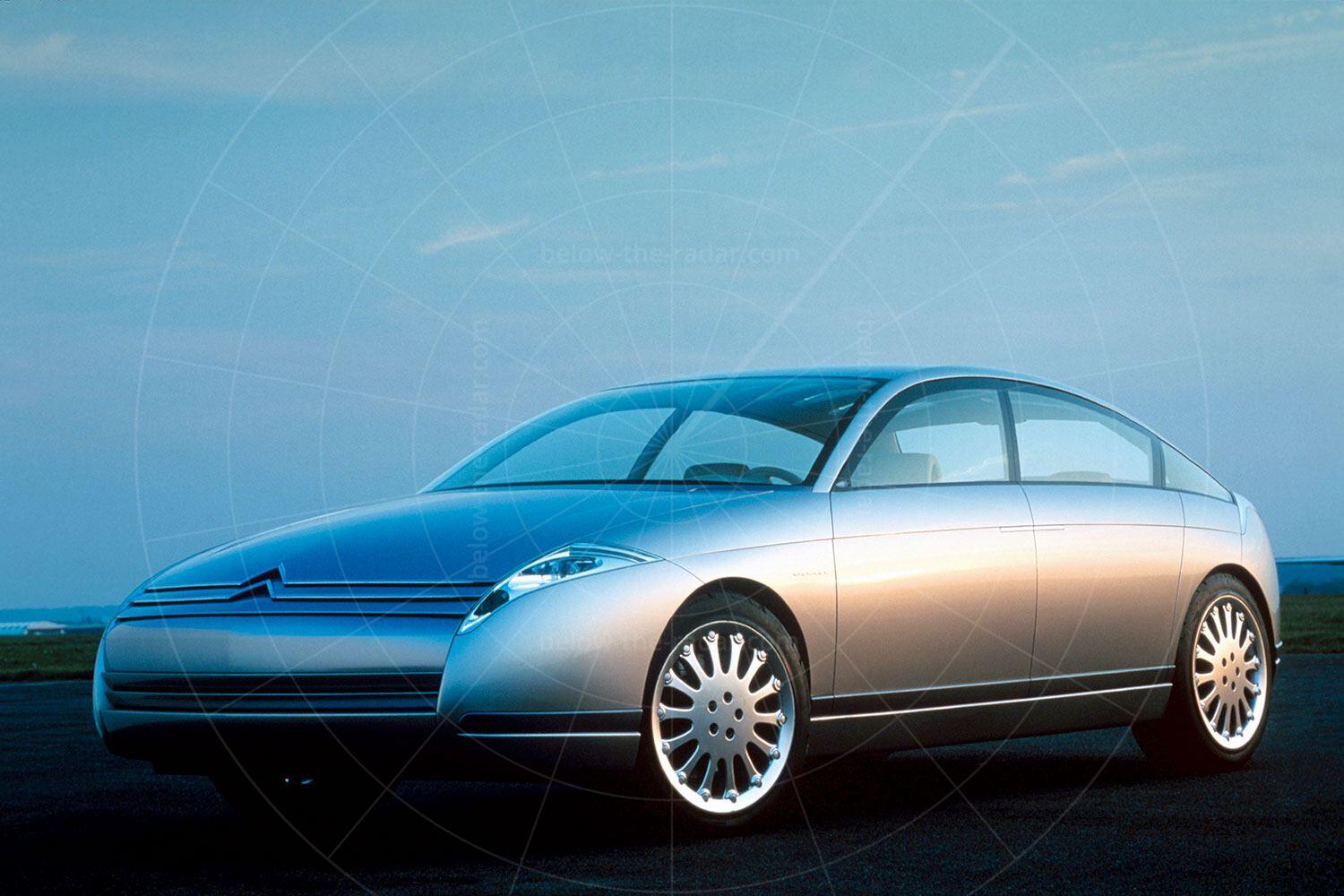
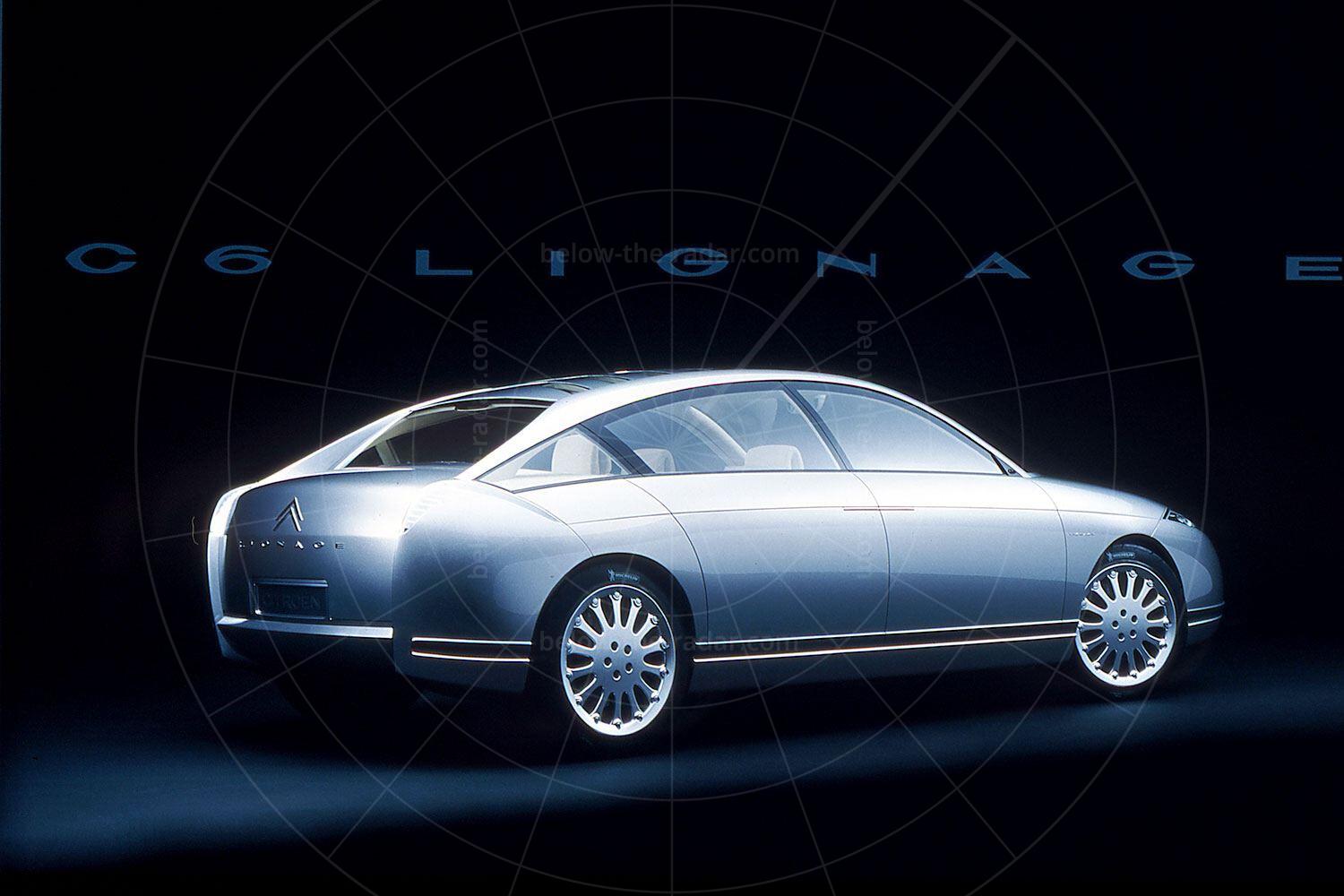
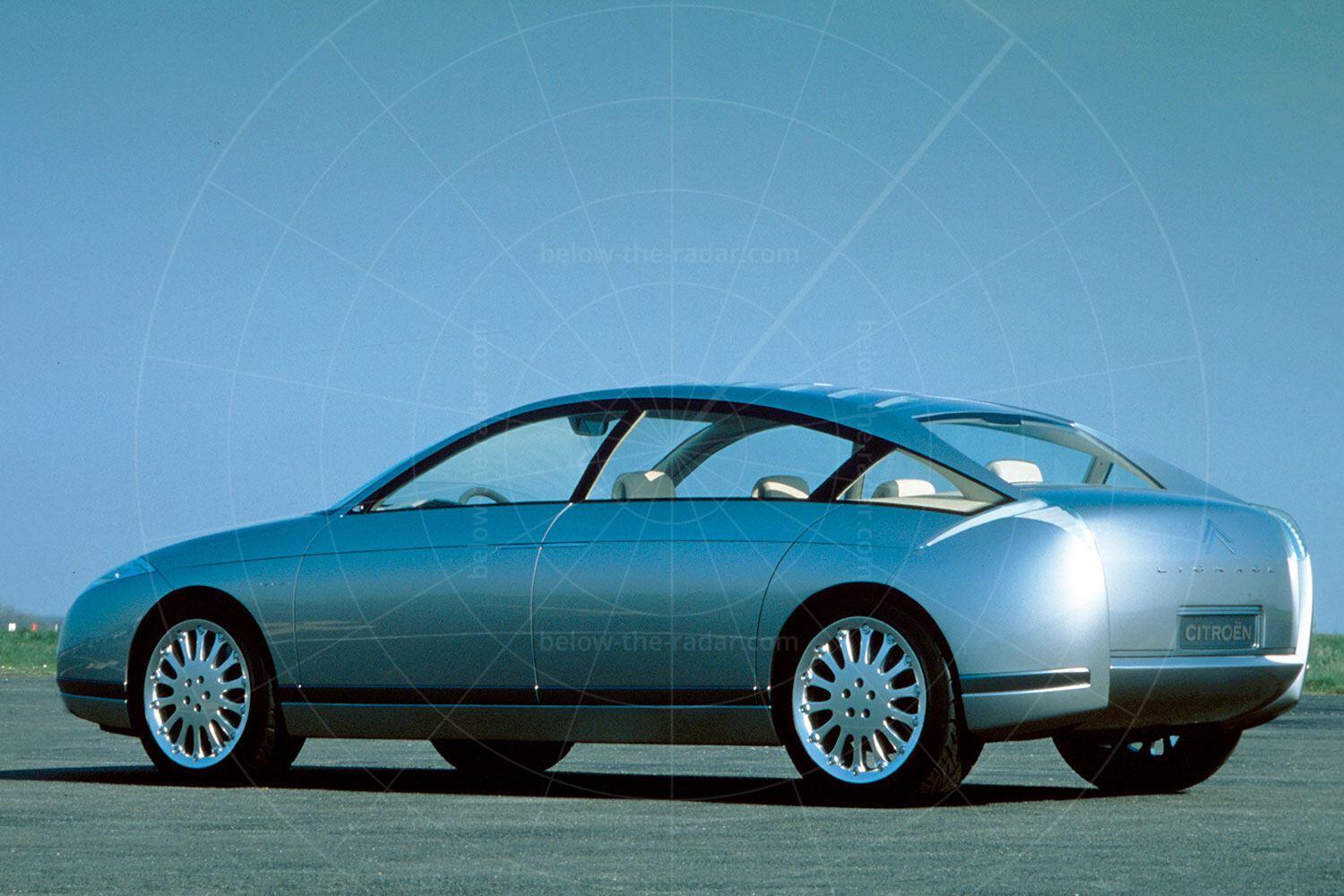
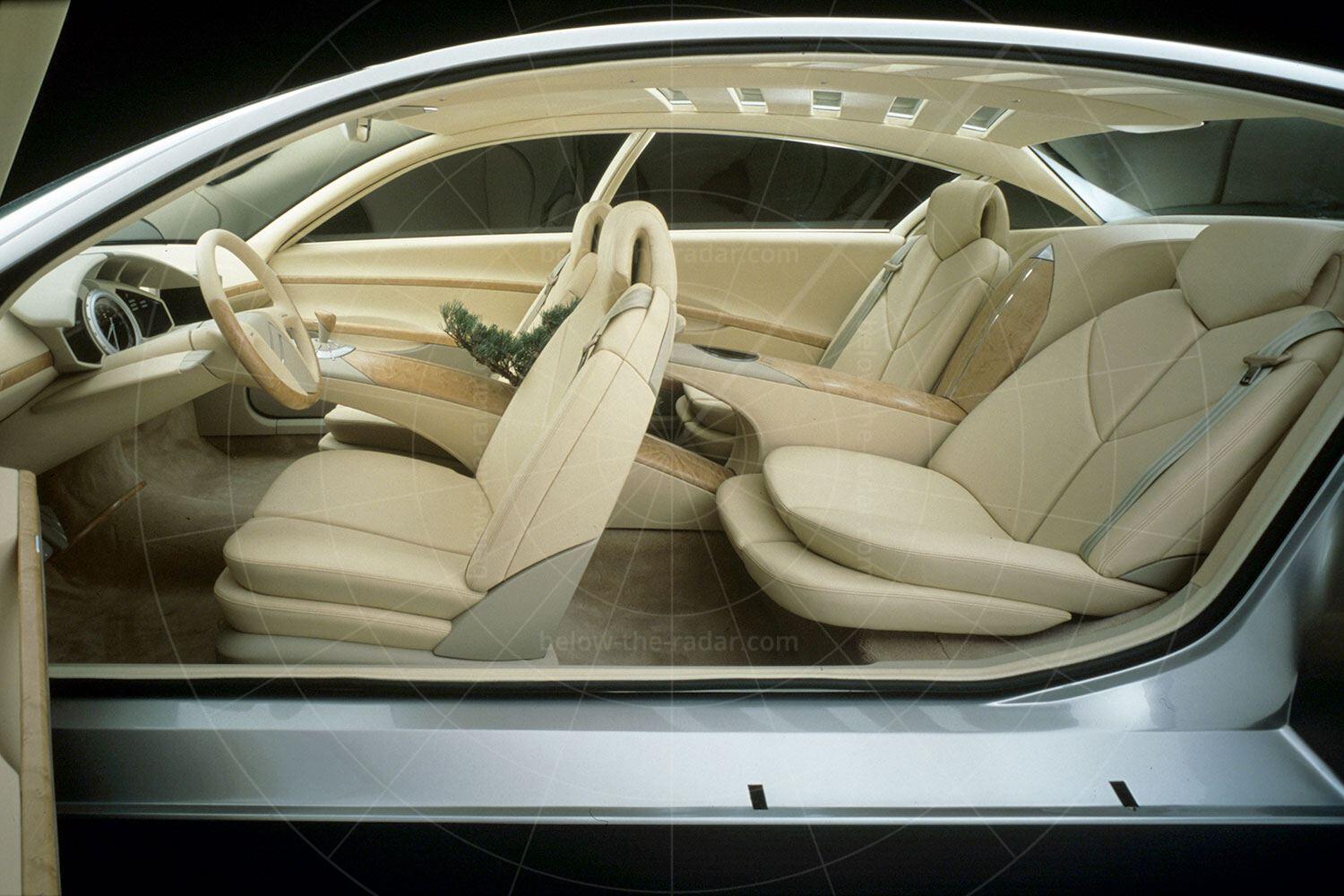
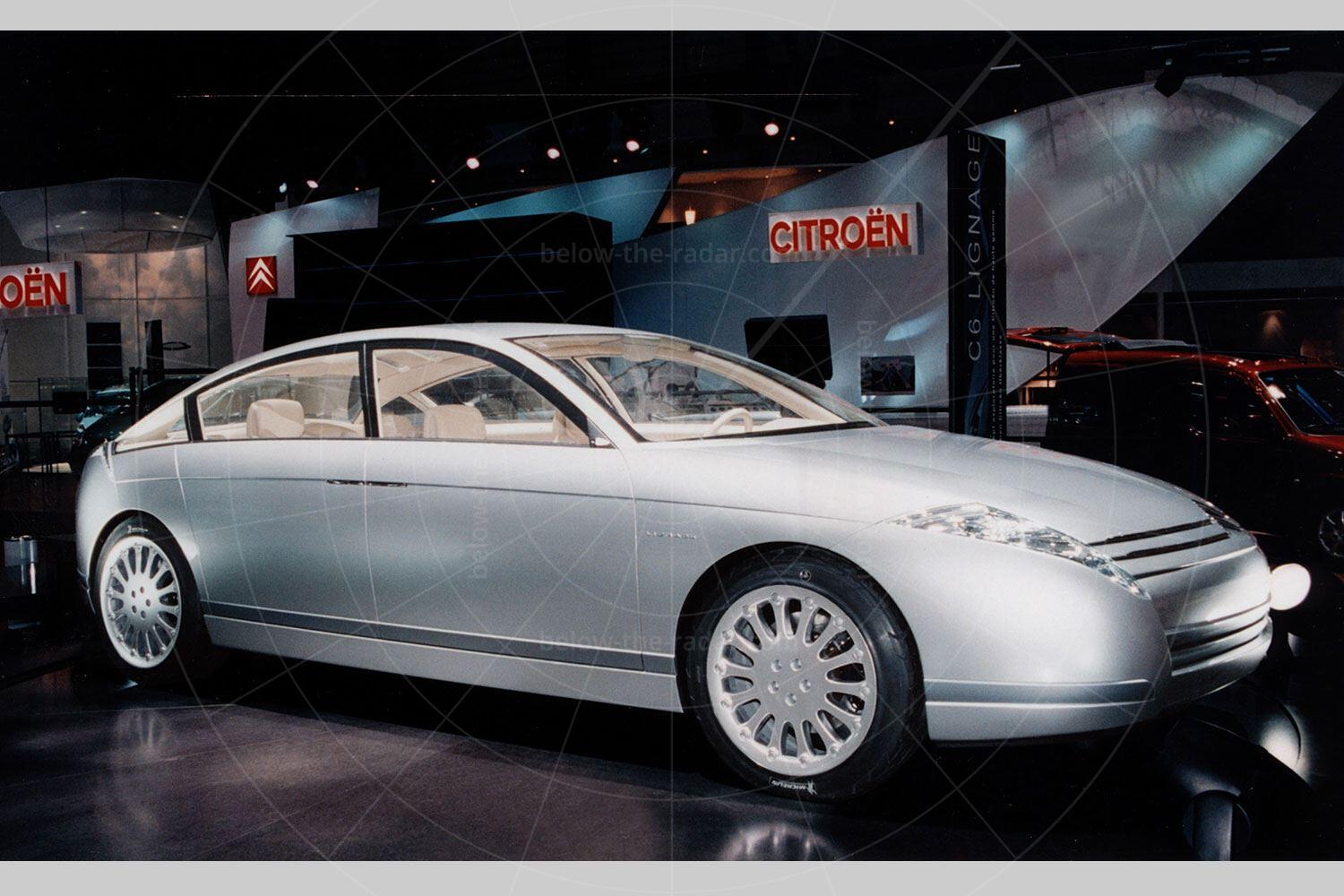
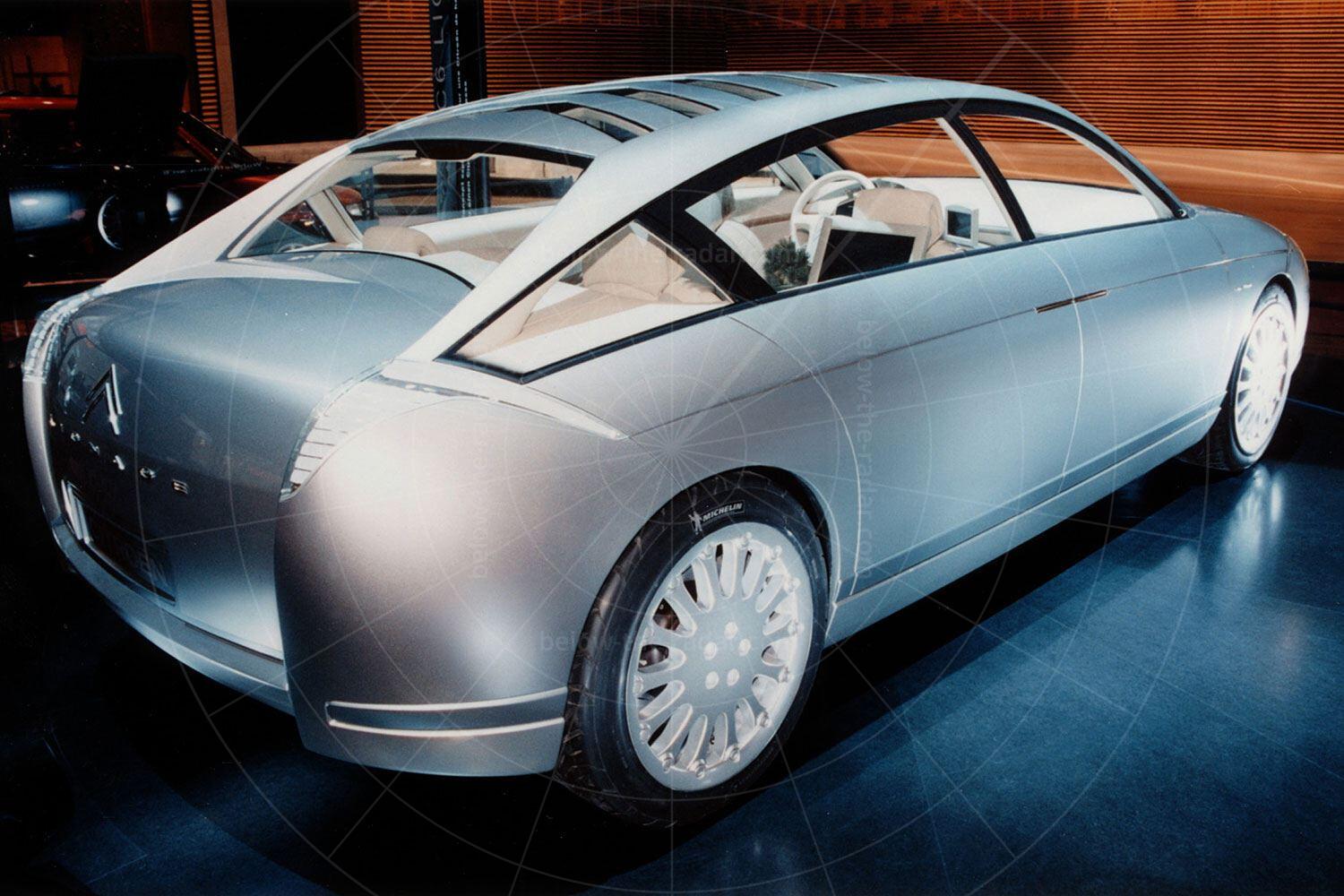
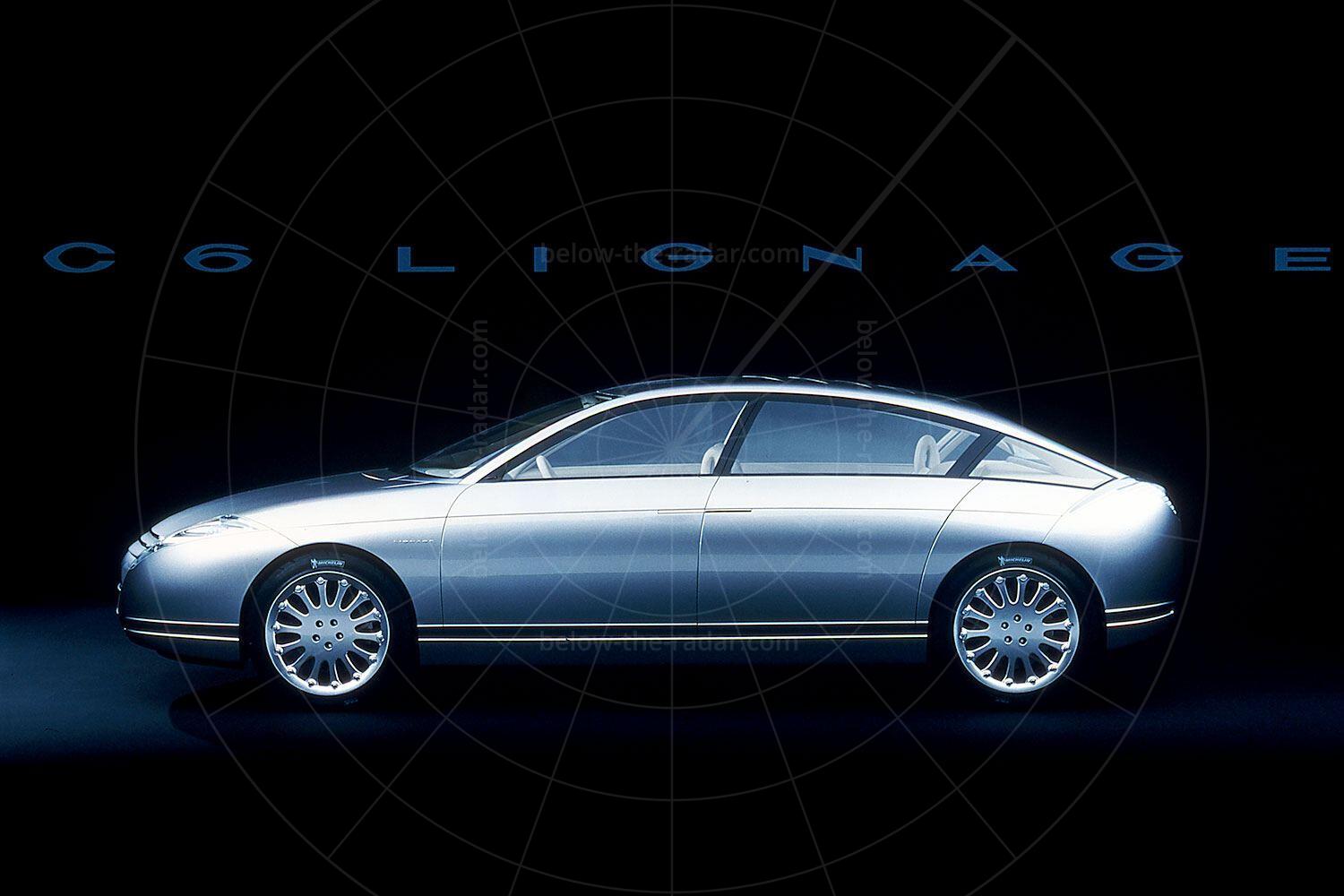
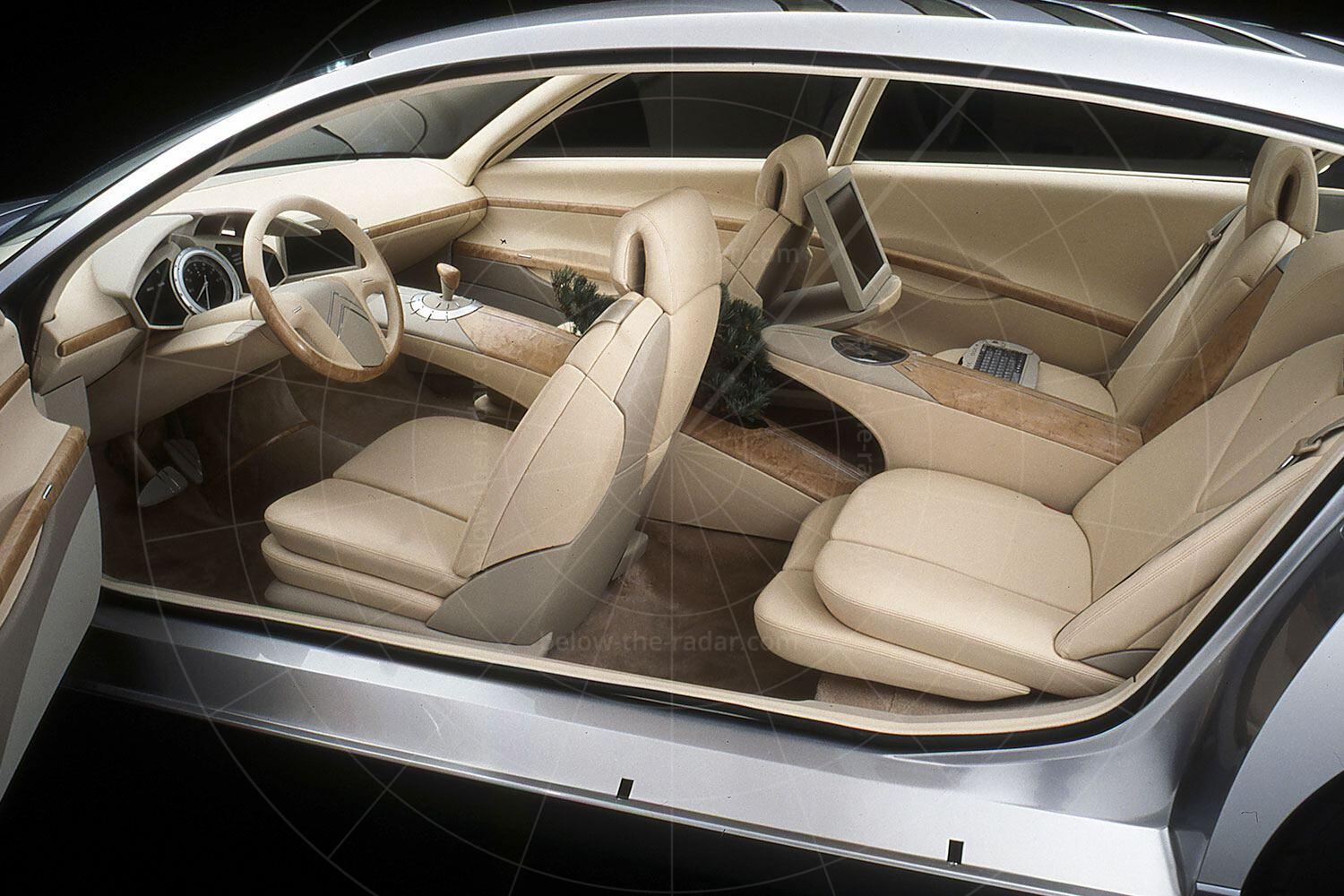
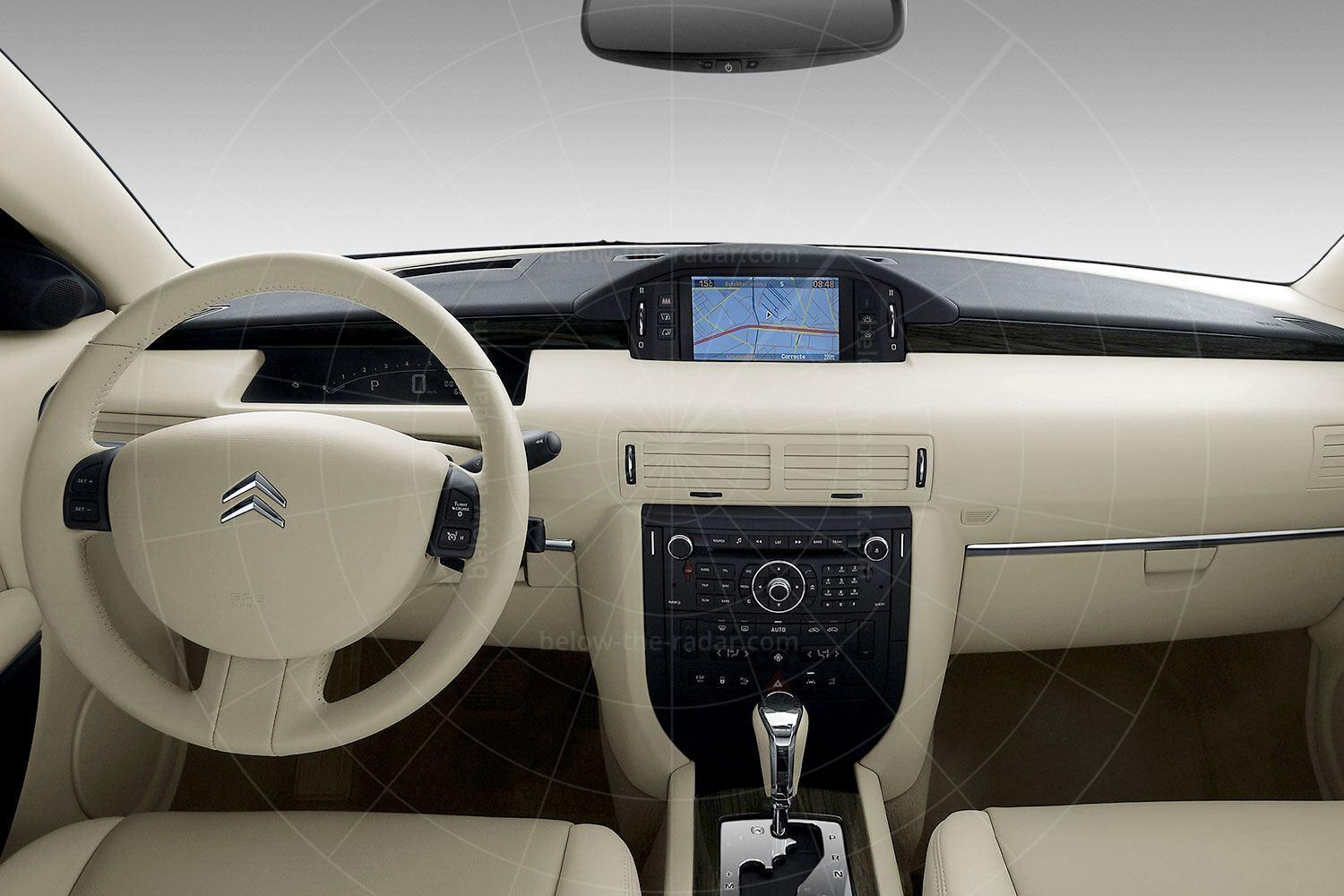

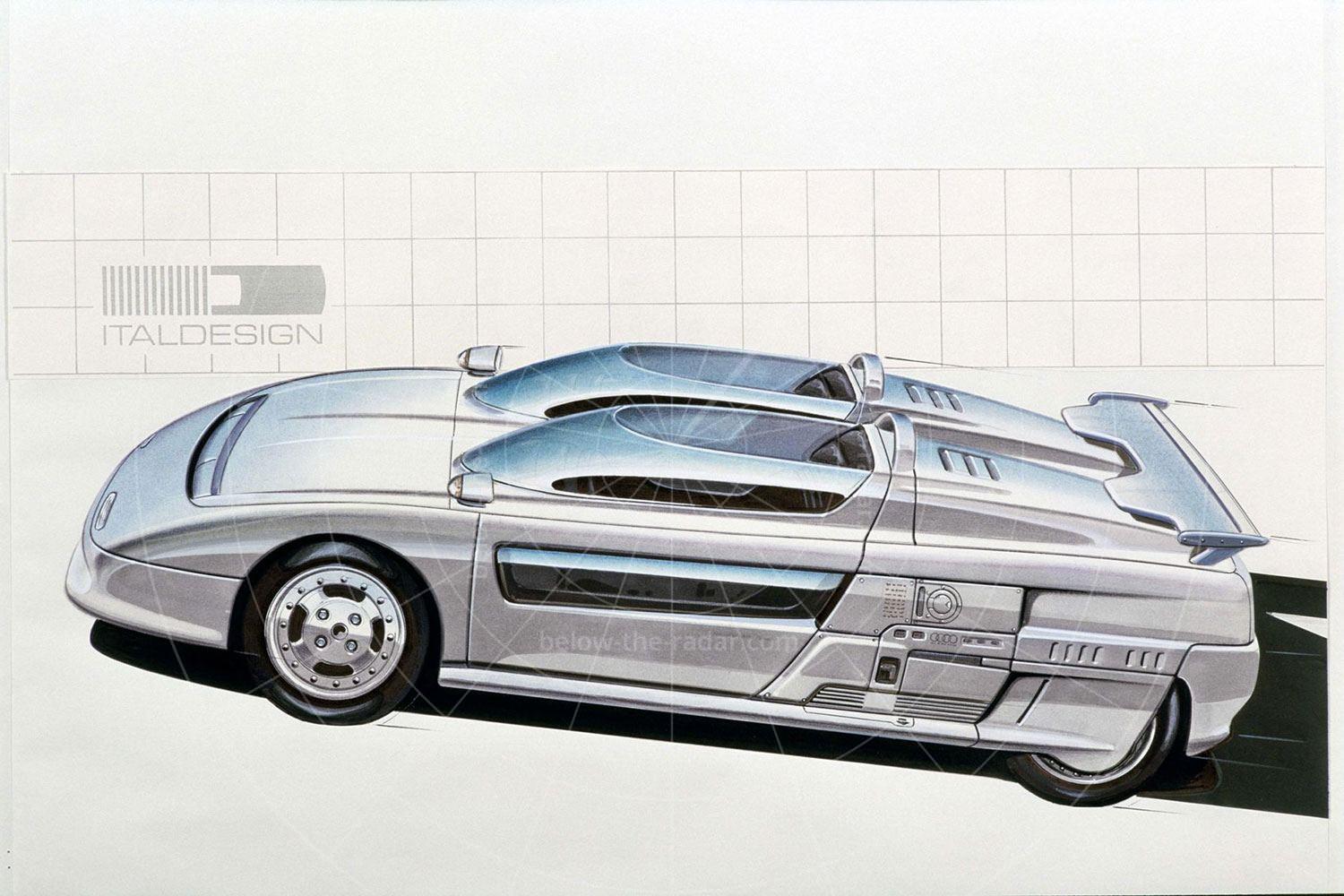
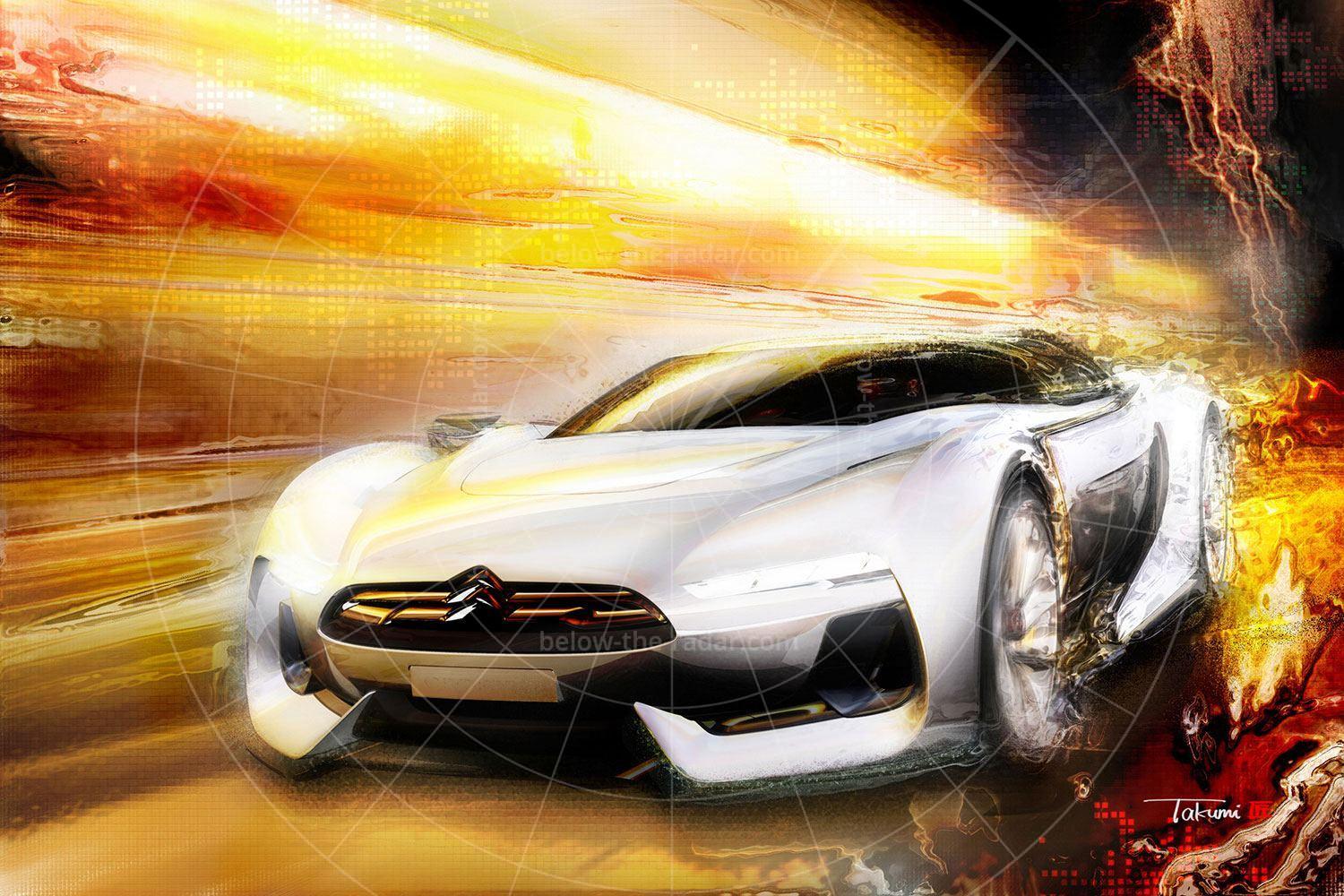
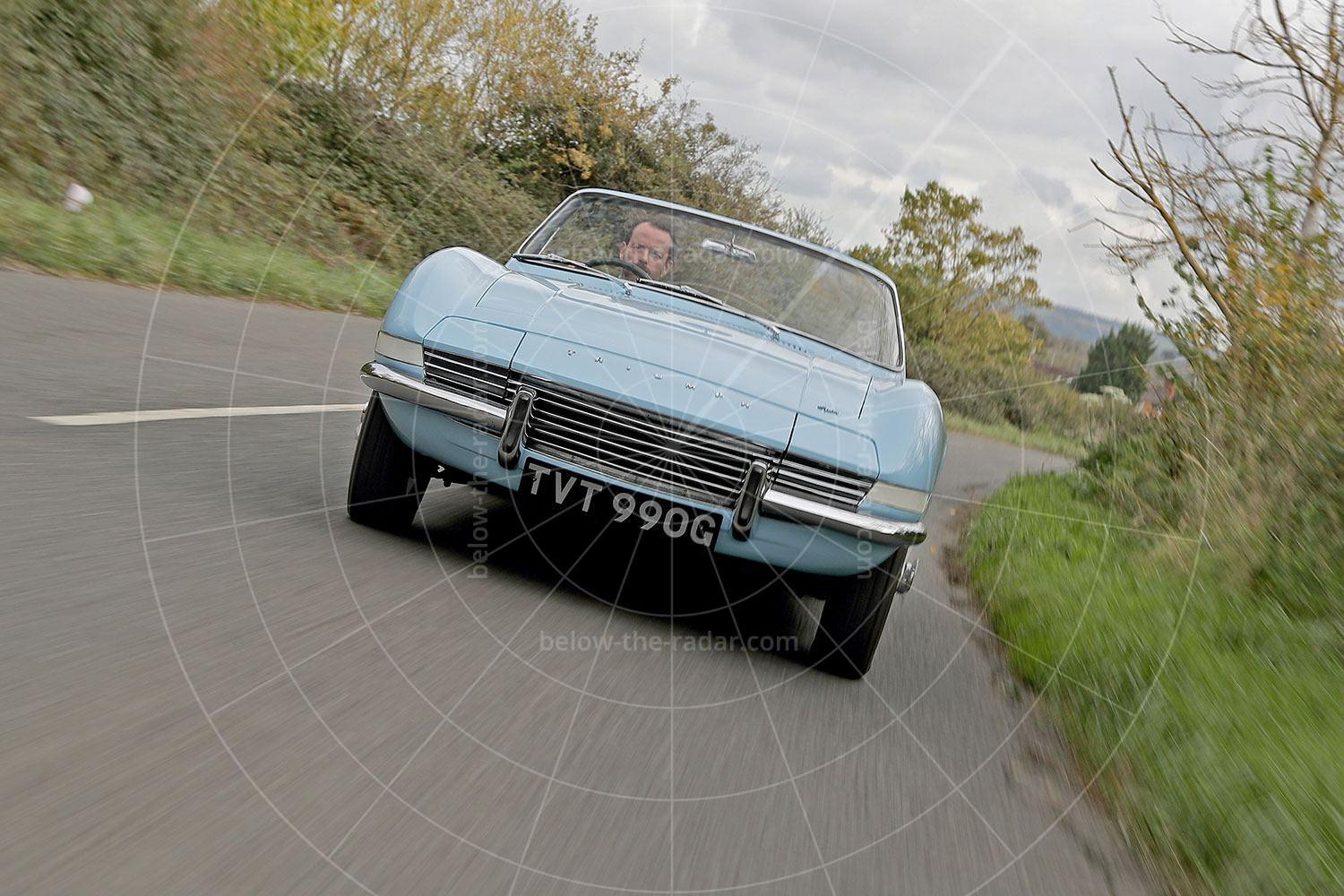
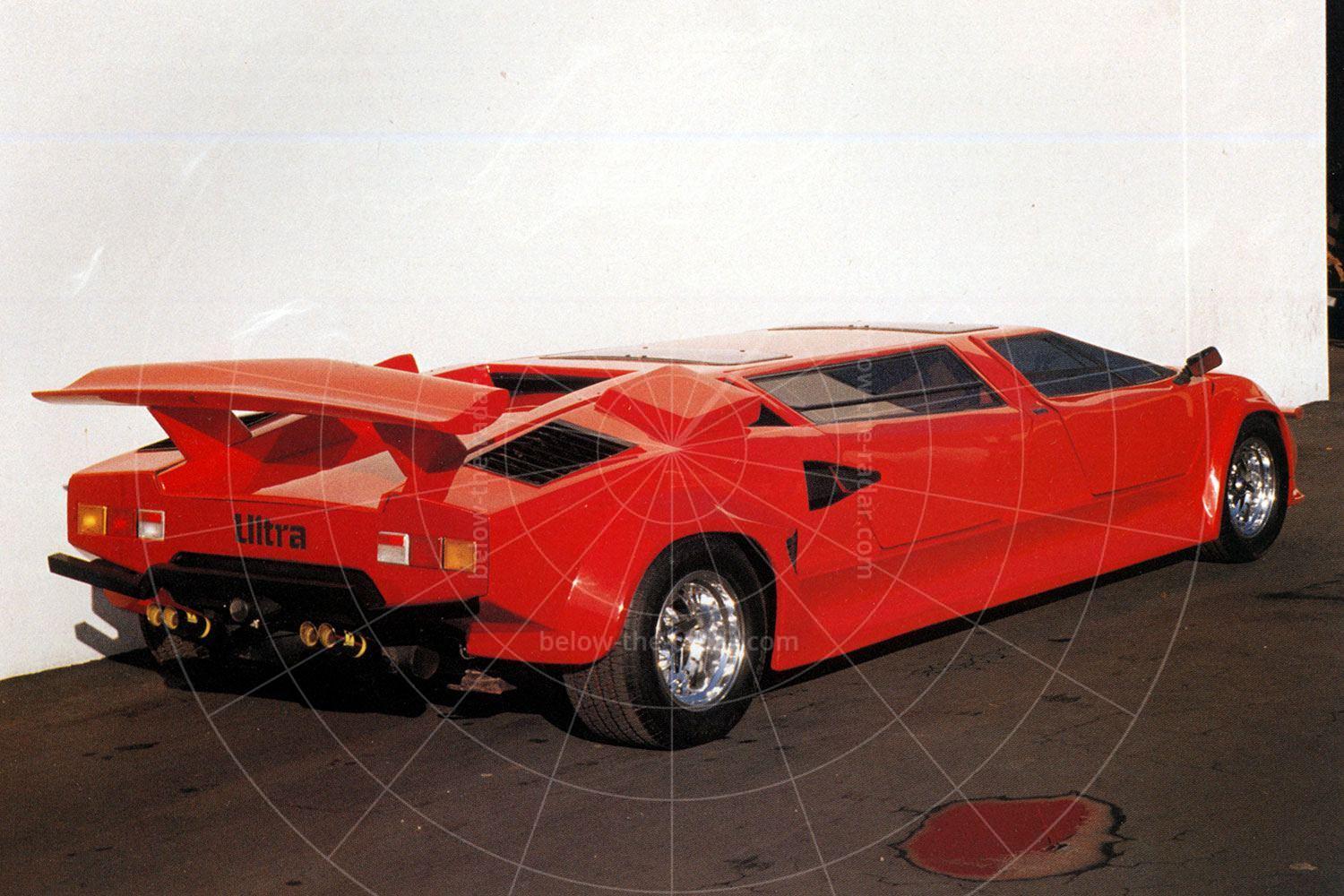
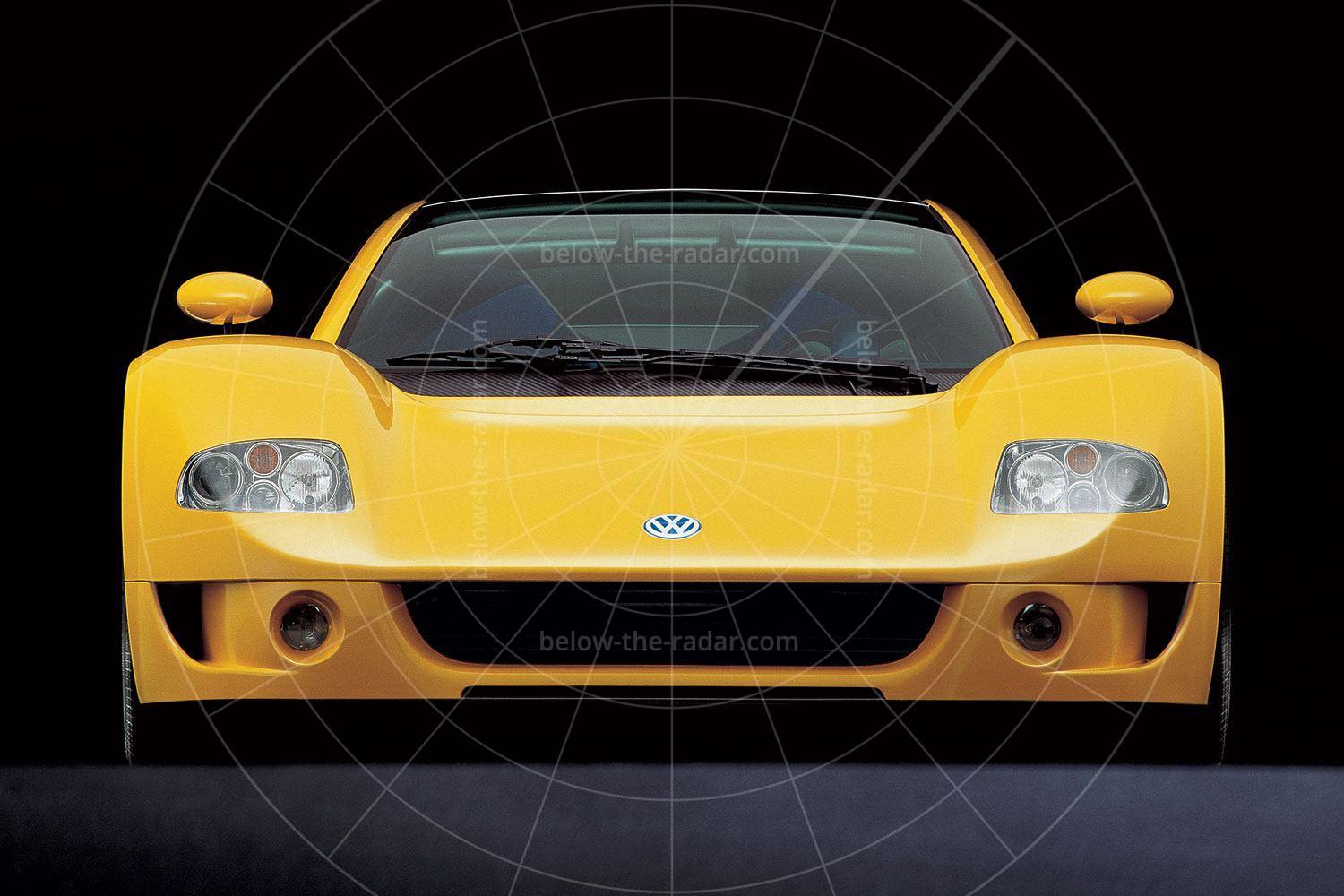
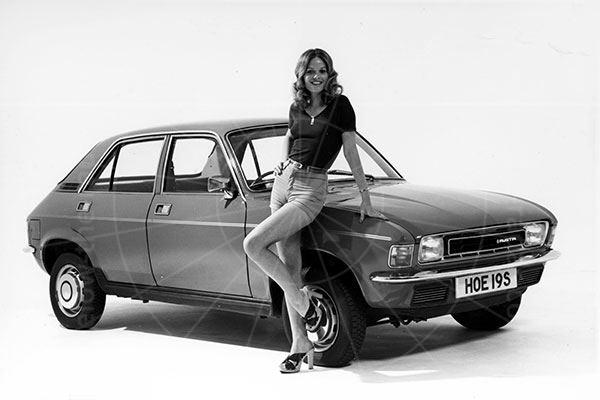
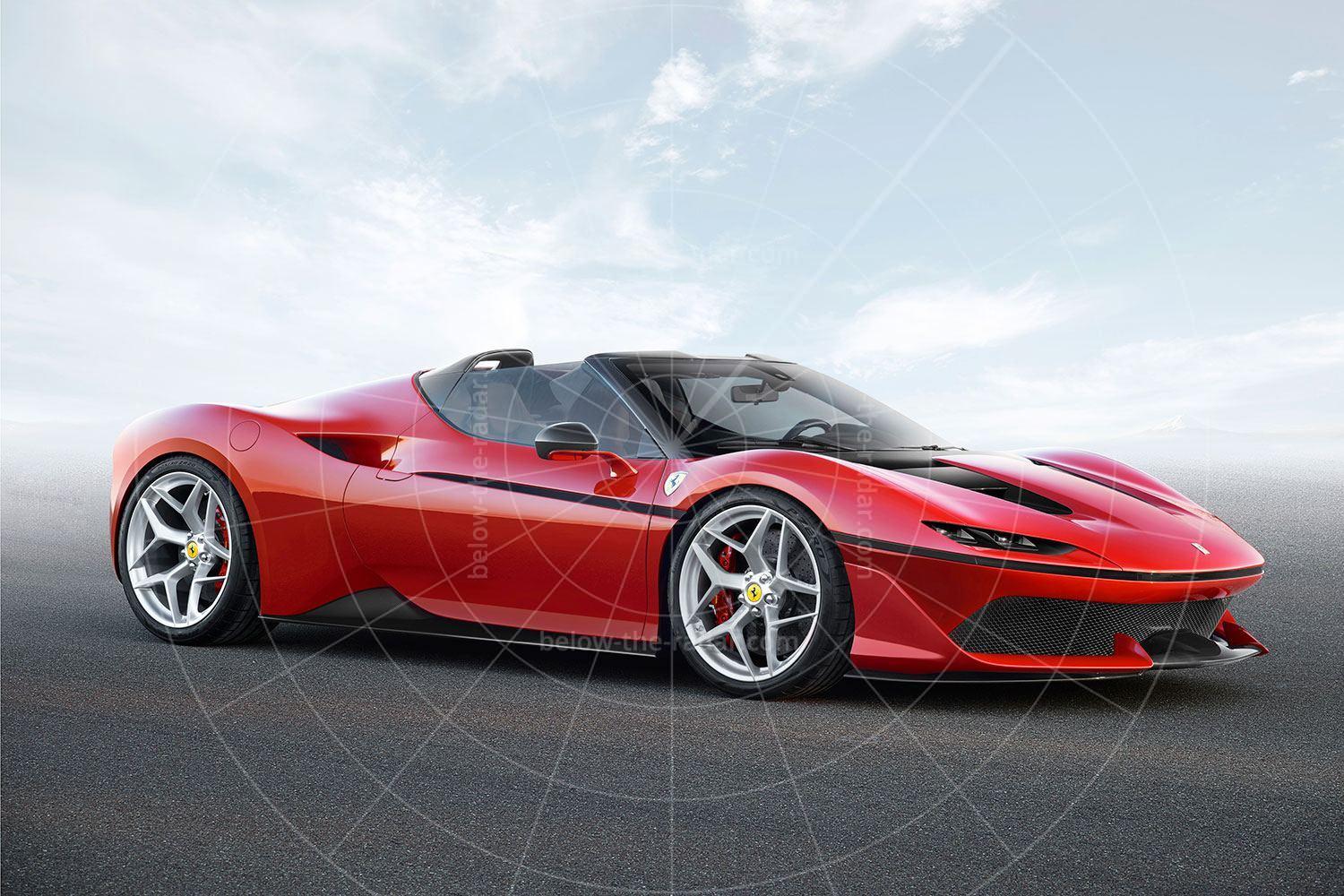
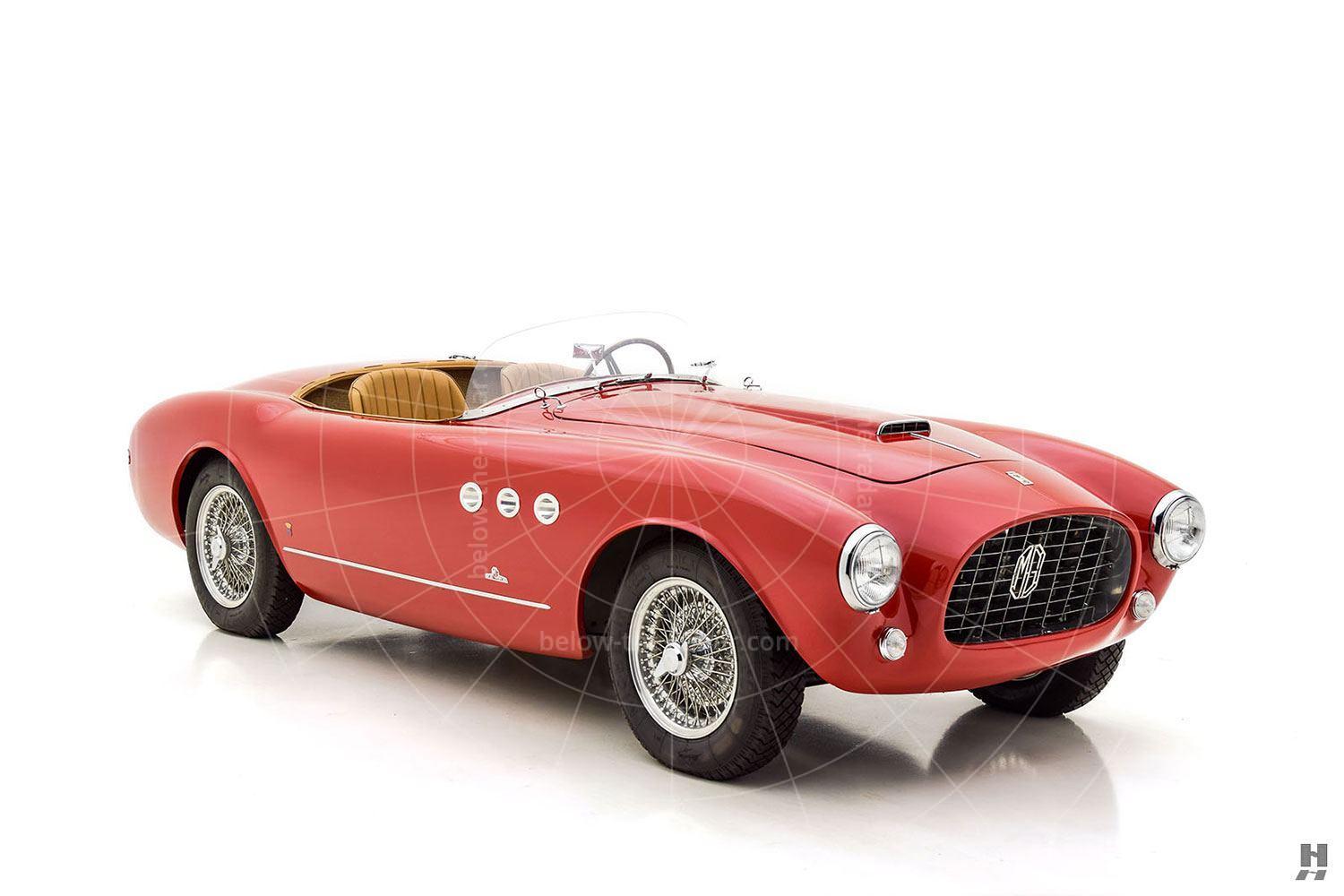
2 Comments